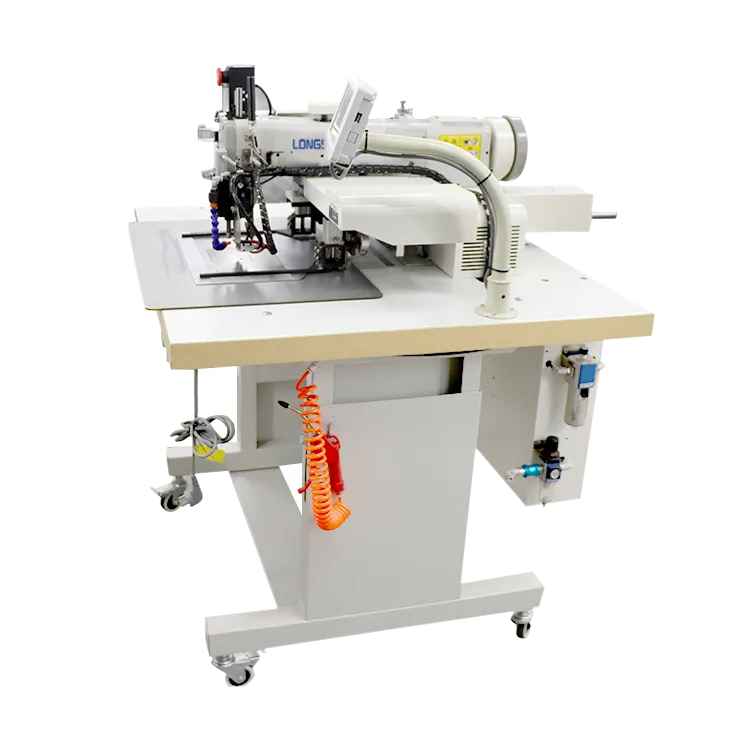Ultimate Guide to Mastering Your Sewing Machine Skills for Beginners
How to Use a Sewing Machine A Beginner's Guide
Sewing machines are wonderful tools that can help you create and repair garments, craft home decor, and bring your creative ideas to life. If you're new to sewing, using a sewing machine might seem daunting. However, with a little guidance, you can quickly learn the basics and start sewing like a pro.
Getting Started
Before you dive into sewing, it’s essential to familiarize yourself with your sewing machine. Begin by reading the manual that comes with your machine. This document is invaluable, as it provides specific instructions tailored to your model. Take note of the different parts of the machine such as the needle, presser foot, feed dogs, and thread tension dial.
Setting Up Your Machine
1. Gather Your Materials You will need fabric, thread, scissors, and pins. Choose a simple fabric for your first project, like cotton, which is easy to handle. 2. Wind the Bobbin The bobbin is a small spool that holds the lower thread. To wind the bobbin, place the thread on the spool pin, thread it through the bobbin winding guide, and wrap it around the bobbin a few times. Then, push the bobbin onto the bobbin winder and press the foot pedal to wind the thread.
3. Insert the Bobbin Once the bobbin is wound, turn off your machine and insert it into its compartment. Make sure the thread is feeding in the correct direction.
4. Thread the Machine Follow the threading diagram usually located on the machine to correctly thread the upper part. Pull the thread through the tension discs, guide, and needle, ensuring it is secure.
how to use a sewing machine

Basic Sewing Techniques
With your machine set up and your materials ready, you can begin sewing. Here are some basic techniques you should know
- Straight Stitch This is the most fundamental stitch. Lower the presser foot, position your fabric under the needle, and press the foot pedal to sew. Keep your fabric aligned with the guide on the throat plate for a straight line.
- Reverse Stitching To secure your stitches at the beginning and end of your sewing, use the reverse function. This prevents your seams from unraveling.
- Pivoting When you reach the end of a seam and need to turn the fabric, stop sewing with the needle down, lift the presser foot, and change the fabric direction before lowering the presser foot to continue sewing.
Clean and Maintain Your Machine
After you finish your project, it’s important to clean your sewing machine. Remove any fabric dust and lint around the needle and bobbin area. Regular maintenance will keep your machine running smoothly and extend its lifespan.
Conclusion
Using a sewing machine can be an enjoyable and fulfilling skill to learn. By understanding the parts of the machine, mastering basic techniques, and maintaining your machine, you will be well on your way to creating beautiful projects. Remember, practice makes perfect, so don’t be discouraged by initial mistakes. Happy sewing!
-
Zigzag Sewing MachineNewsMay.12,2025
-
Single Needle Sewing MachineNewsMay.12,2025
-
Overlock Sewing Machine PriceNewsMay.12,2025
-
Heavy Duty Industrial Sewing MachineNewsMay.12,2025
-
FIBC Sewing MachineNewsMay.12,2025
-
Cylinder Bed Sewing MachineNewsMay.12,2025
-
Revolutionizing Sewing with CNC TechnologyNewsMar.28,2025





























